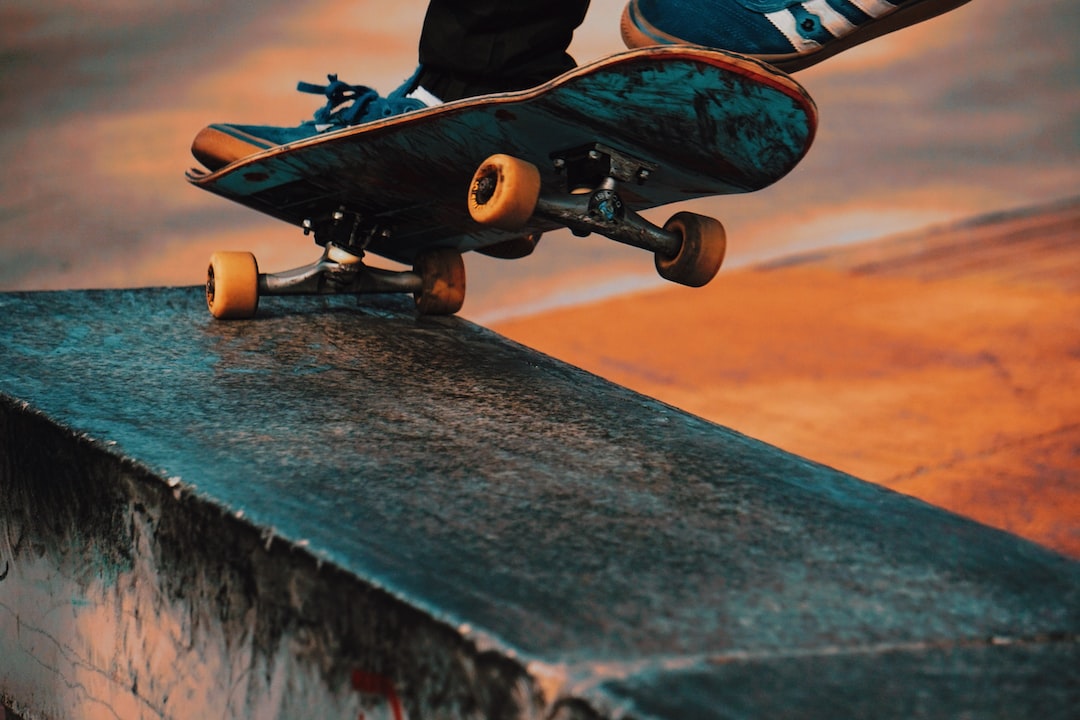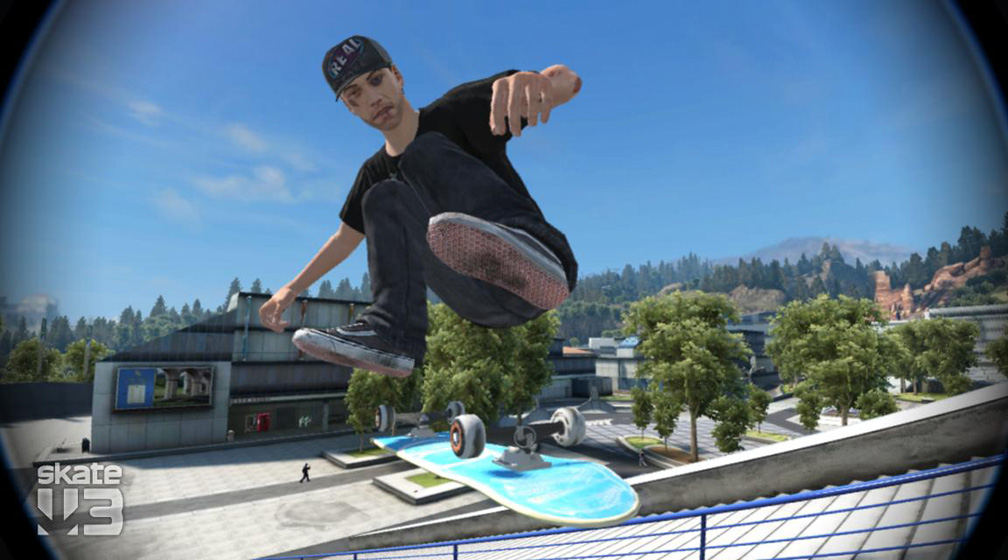

“For a while it wasn’t so welcoming, but now there just as many girls out here.” “It’s definitely becoming more diverse,” said Jaime Reyes. “It’s opening up but it’s still small, especially being a woman of color.” “My generation is the forefront of that,” said Beatrice Domond, at the unveiling.
#Skate city platforms pro#
Despite being inclusive, it was generally seen as male lifestyle sport and now more women are finding sponsorship at the pro or semi-pro level. There are also signs that the skate industry, estimated at $2.54bn in 2021, has shifted in other ways. Brooklyn Banks later appeared in Tony Hawk’s Underground, a popular video game, further elevating the banks as a cultural landmark. “It’s amazing that so many people from the culture can actually thrive,” Pang said.Ī decade after the Banks were adopted by skateboarders, the Larry Clark film Kids, featuring Harmony Korine and Chloë Sevigny, helped put the downtown teen-skateboard scene on the cinematic map.
#Skate city platforms professional#
“We were on our own deserted island, a place where you were not disturbed by any outside forces – you had the whole place to yourself,” said Jefferson Pang, a former professional skateboarder who learned at the banks and now also works at Supreme, a downtown skate clothing label founded in 1994 that has turned into a fashion mega-brand. That feeling of finding a sanctuary was repeated by many at the ceremony. Steve Rodriguez has been fighting for the banks since the early 2000s, when a reduction in space was first threatened. “I could see they want to emulate that same energy.

We just wanted to be with each other.”Īt the opening Corporan says he was saw that same desire in the kids that came to try out the banks. “There were no parents allowed, or better no parents knew where the hell we were except that we’d come home for dinner at some point. We had nothing – the banks, a 25-cent juice, Burger King down the block, a supermarket and ourselves,” says Alex Corporan, who went on to become manager of the Supreme store in Nolita since 1996. “When we were at the banks, no one knew we were there. The first section of the Brooklyn Banks to be reopened includes a nine-stair section, known as the “9 Stair”. But few say they have the appeal of lost spaces with walls, benches and stair rails to perform tricks on. The city maintains about 40 skate parks run by the parks department. But they were not automatically returned, and some of the red bricks were torn up. In 2010, the city closed the banks, ostensibly to repaint the underside of the roadways. Rodriguez has been fighting for the banks, now officially called Gotham Park, since the early 2000s, when a reduction in space was first threatened. “I wouldn’t be surprised if there was a Samo tag around,” he says, referring to Basquiat’s graffiti tag. There were no rules down here,” Rodriguez says, recalling that artists like Keith Haring and Jean-Michel Basquiat were also hanging around. “It was an ideal scenario – a melting pot.

The space wasn’t limited to just skateboarding – BMX bikers, graffiti artists, breakdancers and rollerbladers were all part of the banks community. People skate at the Brooklyn Banks skate park in 2010. “No one cared about the space, so the skateboarders adopted it. “It was a secret place, a place you had freedom to move about and no one bothered you,” recalled Steve Rodriguez, who first came here aged 15 and is now co-owner of 5Boro, a skateboard and apparel company. Then pressure from community groups, aided by skateboarding aficionados, including the pro skateboarder Tony Hawk and his non-profit The Skatepark Project, convinced a receptive city administration that the historic skate mecca merited attention as part of a $375m revitalization of public areas close to Chinatown. The banks were closed off more than a decade ago to make space for roadway repair equipment. We witnessed that during Covid on how people needed those spaces to come and sit down and enjoy the recreation that’s attached to it, so this is an exciting moment.” “I’m going to brush up on them, come out here and do a few tricks.”īut he also made a larger point about city life, beyond the mainstream capture of the once-underground skateboarding culture that developed here. Adams said he’d once been a skateboarder and knew a few moves.


 0 kommentar(er)
0 kommentar(er)
